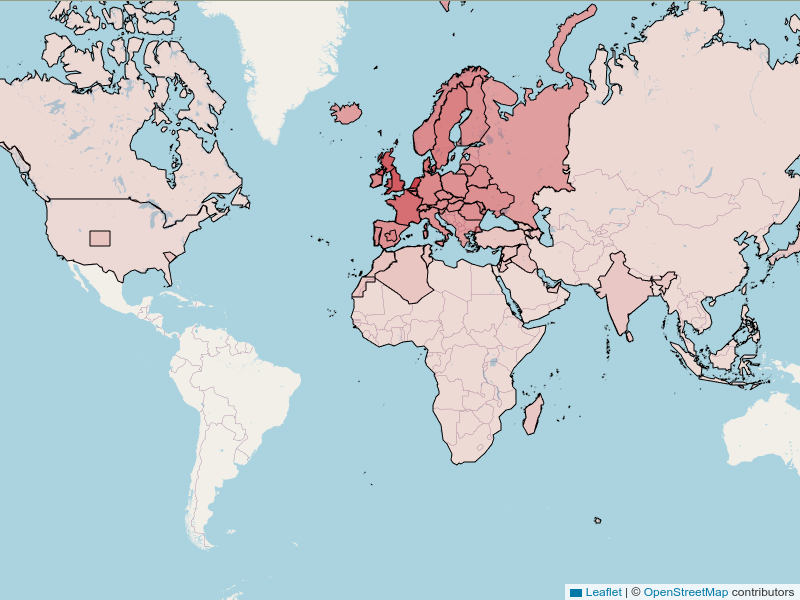Following up on the previous two updates this year (Version 0.5 and a 2022 update and Version 0.6: CSL v1.0.2), here are some updates from the second half of 2022, as well as some statistics.

Sapygina decemguttata, a small wasp, observed July 8th, 2021
Changes
- The mappings of the Wikidata plugin were updated, especially to accomodate for software.
- The
default-localesetting of some CSL styles is now respected.
New plugins
plugin-enwfor.enwfiles (similar, but different from Refer files).plugin-wikipedia-templatesfor outputting Citation Style 1 templates to use on pages of the English Wikipedia.
New users
- WikiPathways is in the process of moving to a new site which uses Citation.js to generate citations.
- Page, R. D. (2022). Wikidata and the bibliography of life. PeerJ, 10, e13712. 10.7717/peerj.13712
- Boer, D. (2021). A Novel Data Platform for Low-Temperature Plasma Physics. [Master’s thesis] Radboud University, Nijmegen, The Netherlands. URL
Statistics
@citation-js/core was downloaded approximately 240,000 times in 2022, against 205,000 times in 2021. The legacy package citation-js was downloaded approximately 160,000 times (compared to 190,000 times in 2021). This is good, as it indicates people are starting to use the new system more often. Note that most downloads of citation-js also lead to a download of @citation-js/core so most people still use the legacy package. The shift to stop using citation-js seemed to have started in October 2021, which coincides with the time time I forgot to update that package for 2 months after releasing v0.5.2 of @citation-js/core.
Since February 2022 a relative decrease in downloads of @citation-js/plugin-wikidata compared to core is also visible. In December the Wikidata plugin was downloaded more than 50% fewer times, in fact. This is also good and the exact point of the modularisation introduced back in 2018: to let users choose which formats to include. The DOI plugin was similarly less popular, while the BibTeX and CSL plugins were — as expected — almost always included. Surprisingly, BibJSON, a very niche format, only had a 25% reduction (maybe due to confusion with BibTeX and the internal BibTeX JSON format), while RIS, after BibTeX the most common format, had a 50% reduction as well.
New Year’s Eve tradition
After the releases on New Year’s Eve of 2016, 2017, and 2021, this New Year’s Eve also brings the new v0.6.5 release which changes the priority of some RIS fields in very specific situations, most notably the date field of conference papers (now using DA instead of C2).
Happy New Year!





